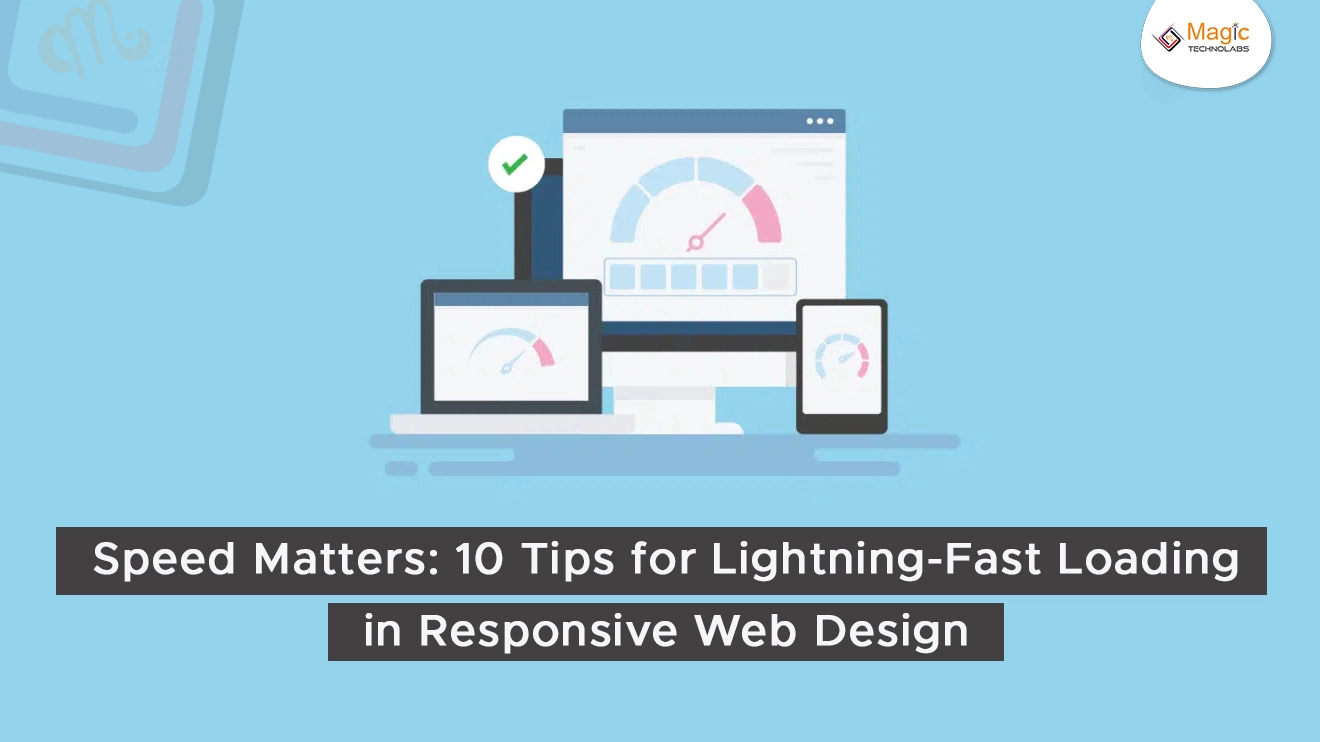In the world of online experiences, speed is a crucial factor that can make or break user satisfaction. When it comes to responsive web design, ensuring lightning-fast loading times is paramount for retaining visitors and improving SEO rankings. Here are ten tips to enhance the loading speed of your responsive web design:
1. Optimize Images: Compress and optimize images to reduce file sizes without compromising quality. This significantly contributes to faster loading times, especially on devices with varying screen sizes.
2. Minimize HTTP Requests: Reduce the number of elements on each page to minimize HTTP requests. This can be achieved by simplifying the design and utilizing CSS sprites for multiple images.
3. Enable Browser Caching: Leverage browser caching to store static files locally on users' devices. This way, returning visitors experience quicker loading times as the browser doesn't need to fetch the same resources repeatedly.
4. Utilize Content Delivery Networks (CDNs): Distribute your content across multiple servers globally using CDNs. This ensures that users receive data from the server closest to their location, reducing latency and improving loading speed.
5. Optimize CSS and [removed] Minify and concatenate CSS and JavaScript files to reduce their size. This streamlines the loading process, making your responsive web design more efficient.
6. Prioritize Above-the-Fold Content: Load critical content first, especially above-the-fold elements, to provide users with a faster initial impression. This technique, known as "lazy loading," prioritizes the content visible without scrolling.
7. Implement Responsive Images: Use the "srcset" attribute for responsive images, allowing the browser to choose the most appropriate image size based on the user's device and screen size.
8. Reduce Server Response Time: Optimize your server to respond quickly to user requests. This can involve upgrading hosting plans, utilizing caching mechanisms, and minimizing server-side processing.
9. Opt for Asynchronous Loading: Load non-essential resources asynchronously, allowing the page to render while secondary elements load in the background. This enhances the perceived speed of your responsive web design.
10. Regularly Monitor and Audit: Keep track of your website's performance using tools like Google Page Speed Insights. Regular audits help identify bottlenecks and areas for improvement, ensuring ongoing speed optimization.
By implementing these ten tips, you can ensure that your responsive web design delivers a lightning-fast and seamless user experience, contributing to higher user satisfaction and improved search engine rankings.
















